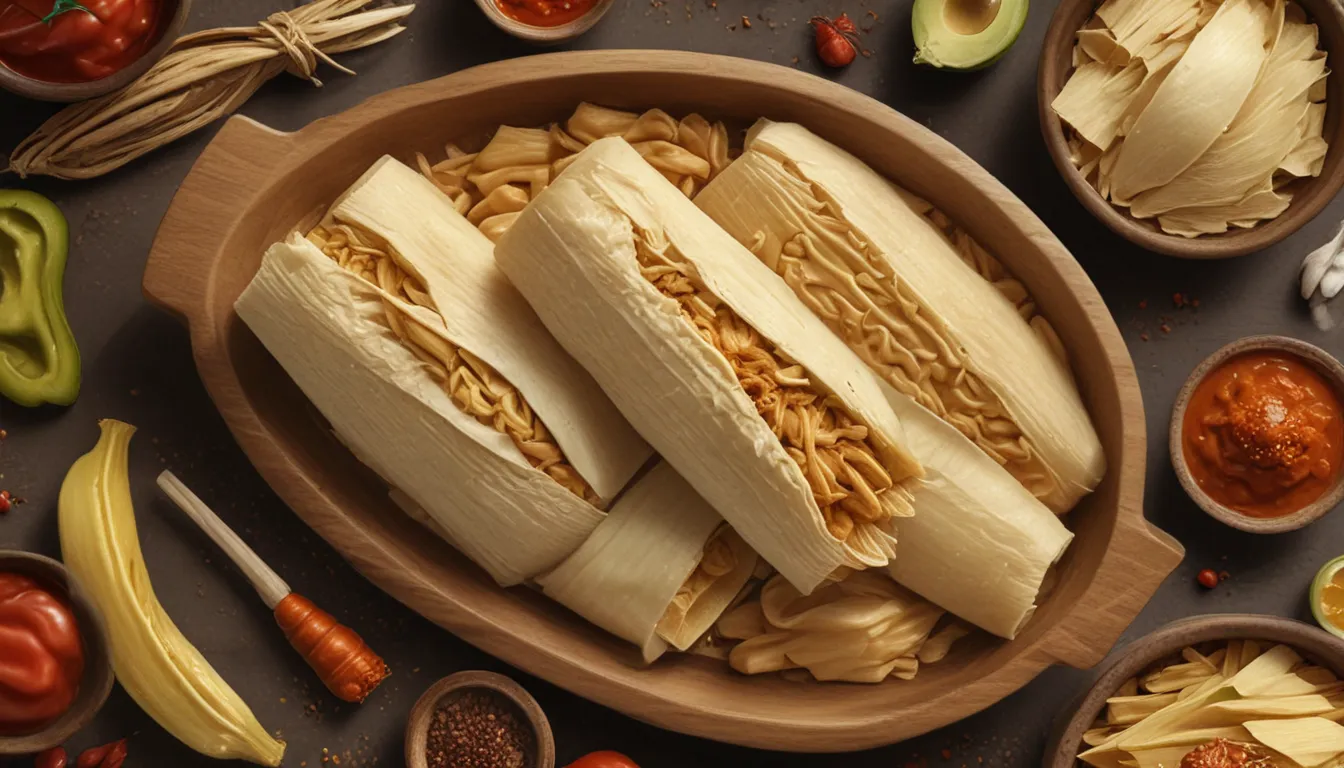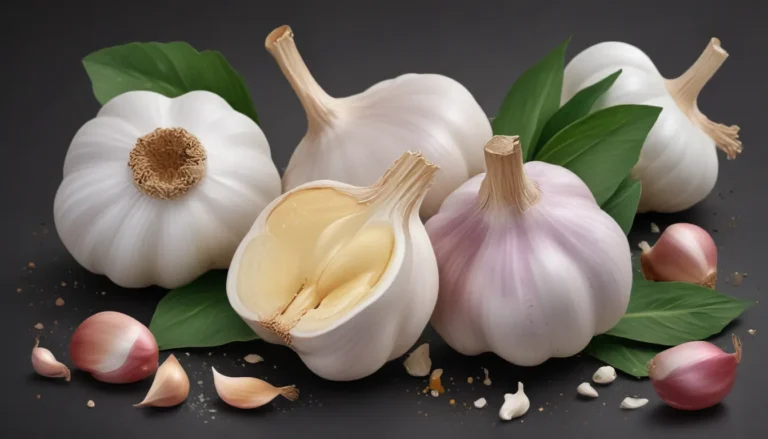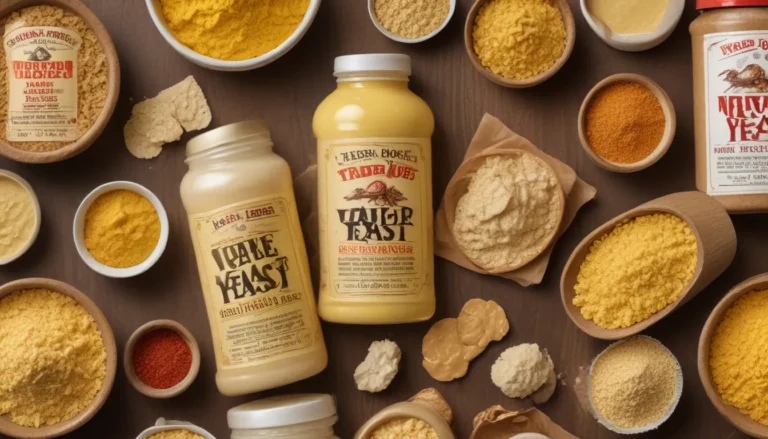The pictures in our articles might not always show exactly what the text is talking about. We use these images to make the article more interesting and eye-catching. They are there to add to the text, but not to replace it or show every detail.
Tamales have been a beloved dish for centuries, offering a delightful combination of flavors and textures that never fail to please the palate. Beyond their delicious taste, tamales also boast a surprising array of nutritional benefits that make them a great addition to a balanced diet. In this article, we will explore 20 fascinating tamale nutrition facts that will leave you craving for more. From their calorie content to their protein and fiber levels, tamales are more than just a tasty treat—they are a wholesome choice for health-conscious eaters.
Unveiling the Nutritional Secrets of Tamales
Calorie Content:
An average homemade tamale contains approximately 285 calories. However, the calorie count may vary depending on the size of the tamale and the fillings used.
Carbohydrates:
Tamales are rich in carbohydrates, with an average-sized tamale containing about 33 grams of carbs, mainly from the masa.
Protein Content:
The protein content in a tamale varies depending on the filling. A meat or cheese-filled tamale typically contains around 10-15 grams of protein.
Fats:
An average-sized tamale contains about 12 grams of fat, which can increase with high-fat fillings like cheese or certain meats.
Fiber:
Tamales are a good source of dietary fiber, with an average-sized tamale containing approximately 4 grams of fiber.
Sodium:
Tamales can be high in sodium, with one tamale containing as much as 400-700 milligrams, primarily from salt and baking powder used in the masa.
Vitamins and Minerals:
Tamales are rich in essential vitamins like thiamine, niacin, and folate, as well as minerals like iron, magnesium, and phosphorus.
Exploring the Health Benefits of Tamales
Gluten-Free Option:
Traditional tamales made with corn masa are gluten-free, making them suitable for individuals with gluten intolerance or celiac disease.
Vegan and Vegetarian Variations:
Tamales can easily be made vegan or vegetarian by using vegetable shortening instead of lard and incorporating plant-based fillings.
Complex Carbohydrates:
The masa in tamales is made from corn, a complex carbohydrate that provides sustained energy and helps keep you feeling full.
Nutrient-Dense Fillings:
Filling tamales with nutrient-dense ingredients like lean meats, beans, or vegetables can significantly boost their nutritional value.
Tips for Enjoying Tamales in a Balanced Way
Moderation is Key:
While tamales are nutrient-rich, they are also high in fat and sodium. It's important to consume them in moderation as part of a balanced diet.
Pairing with Fresh Vegetables:
To create a more balanced meal, pair your tamale with a side of fresh vegetables or a salad to add volume, nutrients, and fiber.
Embracing the Nutritional Riches of Tamales
Despite their enticing taste, tamales offer much more than just culinary pleasure—they are a nutritional powerhouse that can contribute to a well-rounded diet. Whether store-bought or homemade, tamales provide a unique and delicious way to enjoy a wholesome meal while honoring the culinary traditions that have been passed down through generations. Next time you savor a tamale, take a moment to appreciate not only its flavor but also the nourishment it offers for your body and soul.
About Our Content
Our dedication to providing accurate and engaging content is the cornerstone of our work. Each nutritional fact shared is a contribution from our community of users, ensuring a diverse range of insights and information. Our team of editors rigorously reviews each submission to ensure the highest standards of accuracy and reliability. As you explore and learn with us, trust in our commitment to delivering quality content that is both intriguing and trustworthy.






